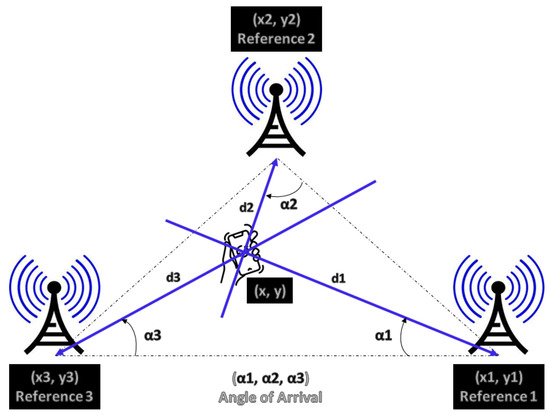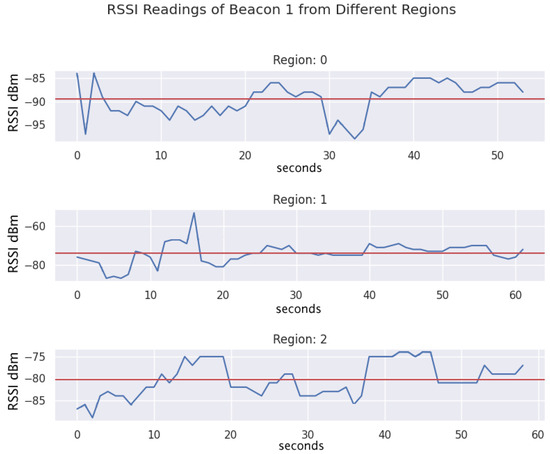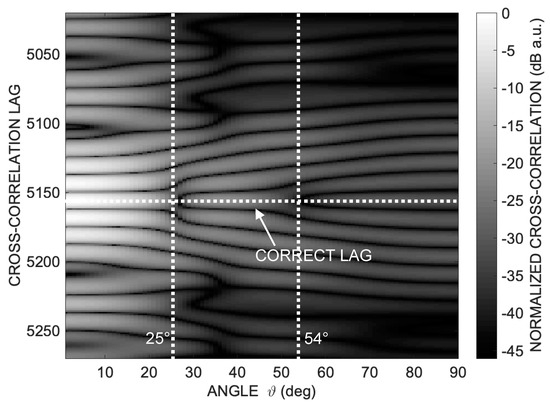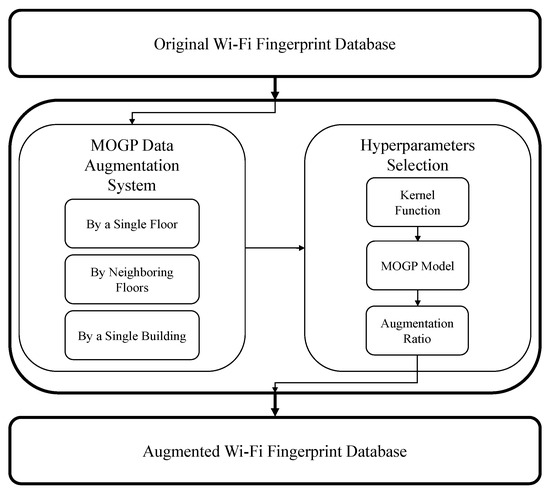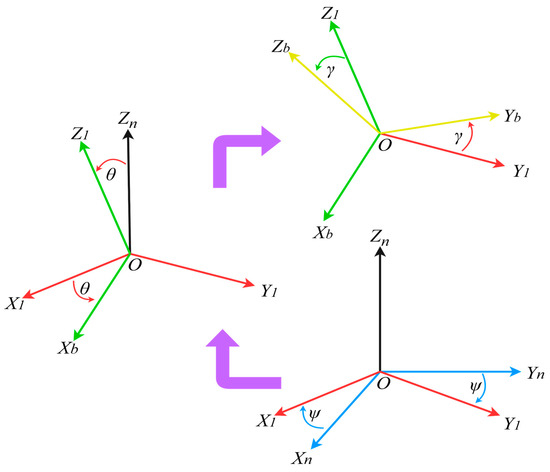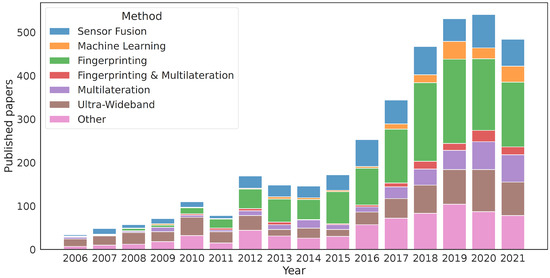Sensors and Systems for Indoor Positioning
A topical collection in Sensors (ISSN 1424-8220). This collection belongs to the section "Navigation and Positioning".
Viewed by 6590Editors
Interests: indoor positioning; smart sensors; ultrasonic sensors; energy harvesting
Special Issues, Collections and Topics in MDPI journals
Interests: Internet of Things; silicon sensors; integrated sensors; RFID; energy harvesting; embedded systems; edge machine learning
Special Issues, Collections and Topics in MDPI journals
Interests: indoor positioning; smart sensors; energy harvesting; solar systems
Special Issues, Collections and Topics in MDPI journals
Topical Collection Information
Dear Colleagues,
There is an increasing interest in indoor positioning, which is an emerging technology with a wide range of applications. Accurate and real-time positioning enables augmented and mixed reality applications, human–machine and home automation gestural interfaces, and navigation in shopping centers. Relevant applications include robotics, acquiring the position of flexible arms, navigation of unmanned automatic vehicles, security, virtual fencing of sensitive locations, safety, and preventing accidents through the recognition of dangerous postures and positions in workers. Further fields of application include medicine, such as monitoring elderly people’s movements or rehabilitative exercises; logistics, such as the positioning of goods in warehouses; and sport, such as monitoring body and limb position during training exercises and in game consoles.
At present, research efforts need to be directed to new algorithms, architectures, sensor technologies, coverage, power consumption, size, and increased spatial and temporal resolution of indoor positioning systems, based on the physical and economic constraints of the various applications.
In this framework, it is our pleasure to edit this Collection on “Sensors and Systems for Indoor Positioning”. Original contributions focused on systems and technologies to enable the indoor applications listed above are welcome.
Prof. Dr. Riccardo Carotenuto
Dr. Massimo Merenda
Dr. Demetrio Iero
Collection Editors
Manuscript Submission Information
Manuscripts should be submitted online at www.mdpi.com by registering and logging in to this website. Once you are registered, click here to go to the submission form. Manuscripts can be submitted until the deadline. All submissions that pass pre-check are peer-reviewed. Accepted papers will be published continuously in the journal (as soon as accepted) and will be listed together on the collection website. Research articles, review articles as well as short communications are invited. For planned papers, a title and short abstract (about 100 words) can be sent to the Editorial Office for announcement on this website.
Submitted manuscripts should not have been published previously, nor be under consideration for publication elsewhere (except conference proceedings papers). All manuscripts are thoroughly refereed through a single-blind peer-review process. A guide for authors and other relevant information for submission of manuscripts is available on the Instructions for Authors page. Sensors is an international peer-reviewed open access semimonthly journal published by MDPI.
Please visit the Instructions for Authors page before submitting a manuscript. The Article Processing Charge (APC) for publication in this open access journal is 2600 CHF (Swiss Francs). Submitted papers should be well formatted and use good English. Authors may use MDPI's English editing service prior to publication or during author revisions.
Keywords
- indoor positioning
- positioning strategies
- position sensors
- acoustic emitters and sensors for positioning
- magnetic positioning sensors
- bluetooth and Wi-Fi positioning sensors
- positioning systems and infrastructures
- positioning algorithms
- active and passive positioning
- sensorless positioning
- positioning deep learning








